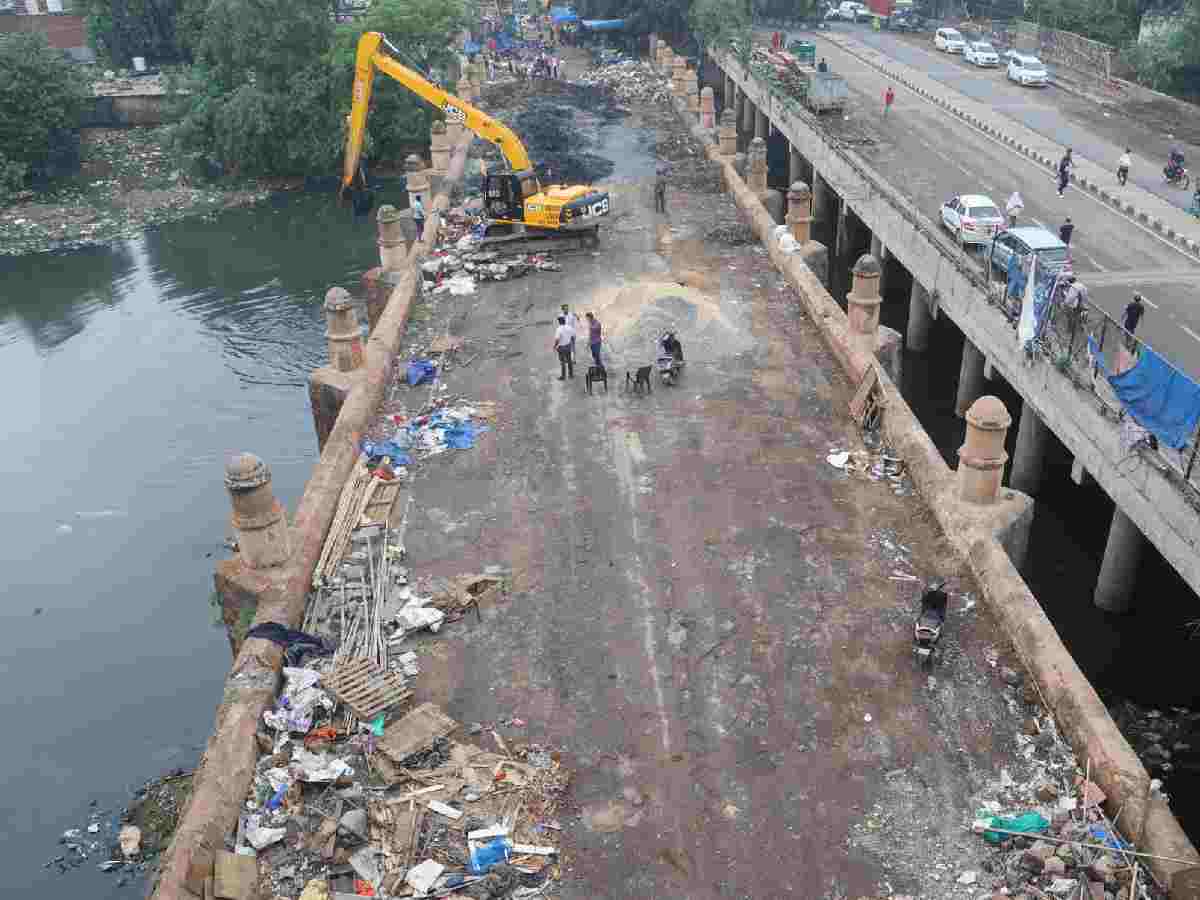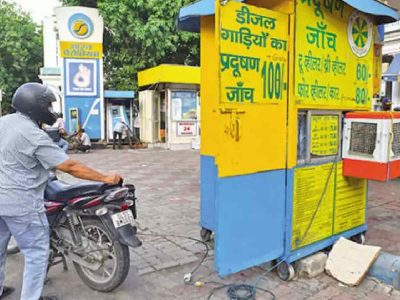The Archaeological Survey of India (ASI) will undertake the restoration of Delhi’s historic Barapulla Bridge, which is 400 years old, within the next three months, according to a statement from Raj Niwas officials.
This assurance was given by the ASI’s director general during a site visit by Delhi Lieutenant Governor V K Saxena, who was inspecting the restoration progress. This marked Saxena’s second visit to the bridge in a week, with the first occurring on August 4.
The bridge, which had fallen into disrepair and was heavily encroached upon, had become a dumping ground for debris and garbage from surrounding areas.
Following Saxena’s directive for immediate action, efforts to remove encroachments and restore the bridge have been supported by local residents and representatives. On Sunday, the bridge, which measures 200 meters, was officially handed over to ASI for restoration work.
Delighted to share, Delhi’s another heritage- 400 years old Barapulla Bridge (with 12 piers) will soon regain its lost glory. The bridge, which was under heavy encroachment during my visit last Sunday, was handed over to ASI today, which will restore the structure in 3 months. pic.twitter.com/cFu2GgKZj7
— LG Delhi (@LtGovDelhi) August 11, 2024
During the visit, Saxena was joined by Delhi’s chief secretary and the ASI director general. The ASI official committed to completing the restoration within three months, ensuring the preservation of the bridge’s original features and the installation of proper lighting upon completion.
Also Read: Delhi: Gole Dak Khana’s director’s residence set to be restored
Saxena praised the collaborative efforts of various agencies, including the Municipal Corporation of Delhi, Public Works Department, Irrigation and Flood Control Department, Railways, and ASI, for their role in clearing encroachments and desilting the drain beneath the bridge. Encroachments have been removed within a week, and desilting is underway, with ASI set to begin restoration work once this is completed.
Originally built by Minar Banu Agha during Emperor Jehangir’s reign around 1628, the Barapulla Bridge, known for its 12 piers and 11 arches, was a key structure in Delhi’s historic landscape. It connected to a tree-lined path leading to Humayun’s Tomb and was used by the Mughals to cross the Yamuna River en route to Nizamuddin Dargah and Humayun’s Tomb from Agra.





